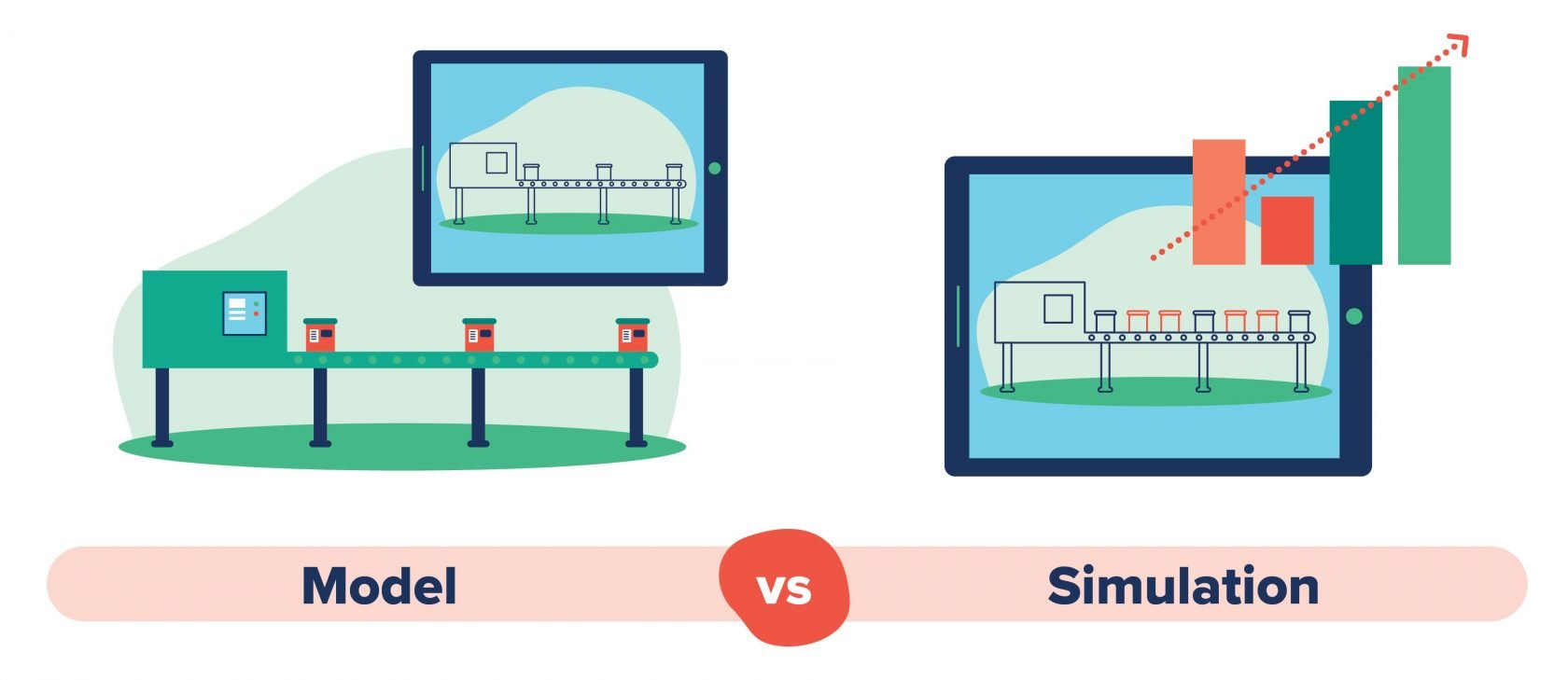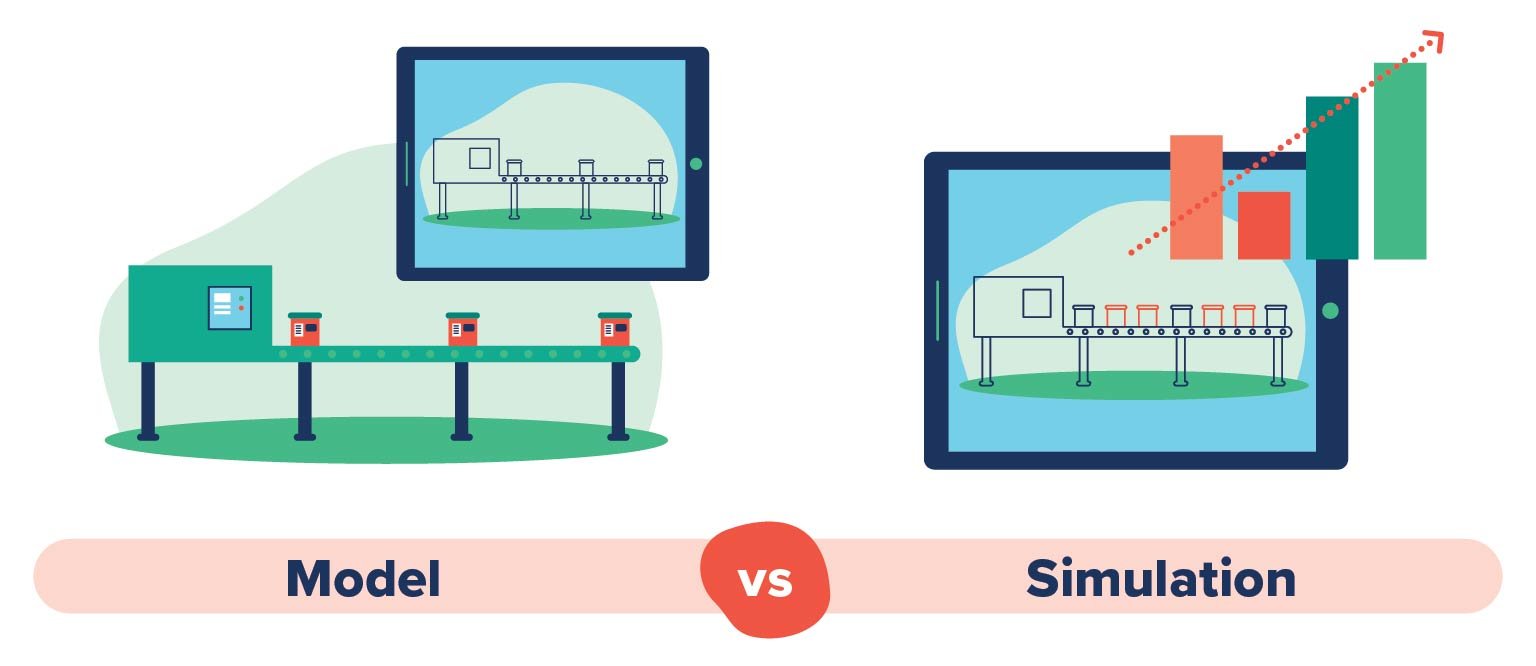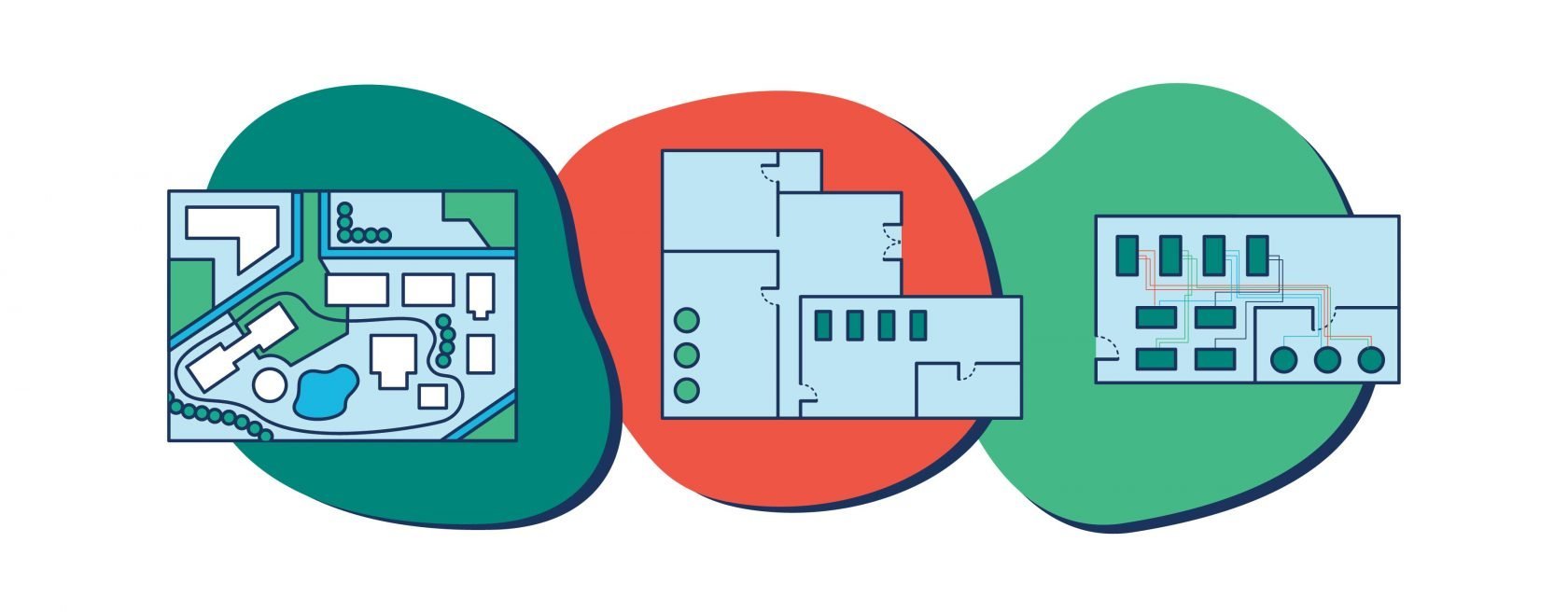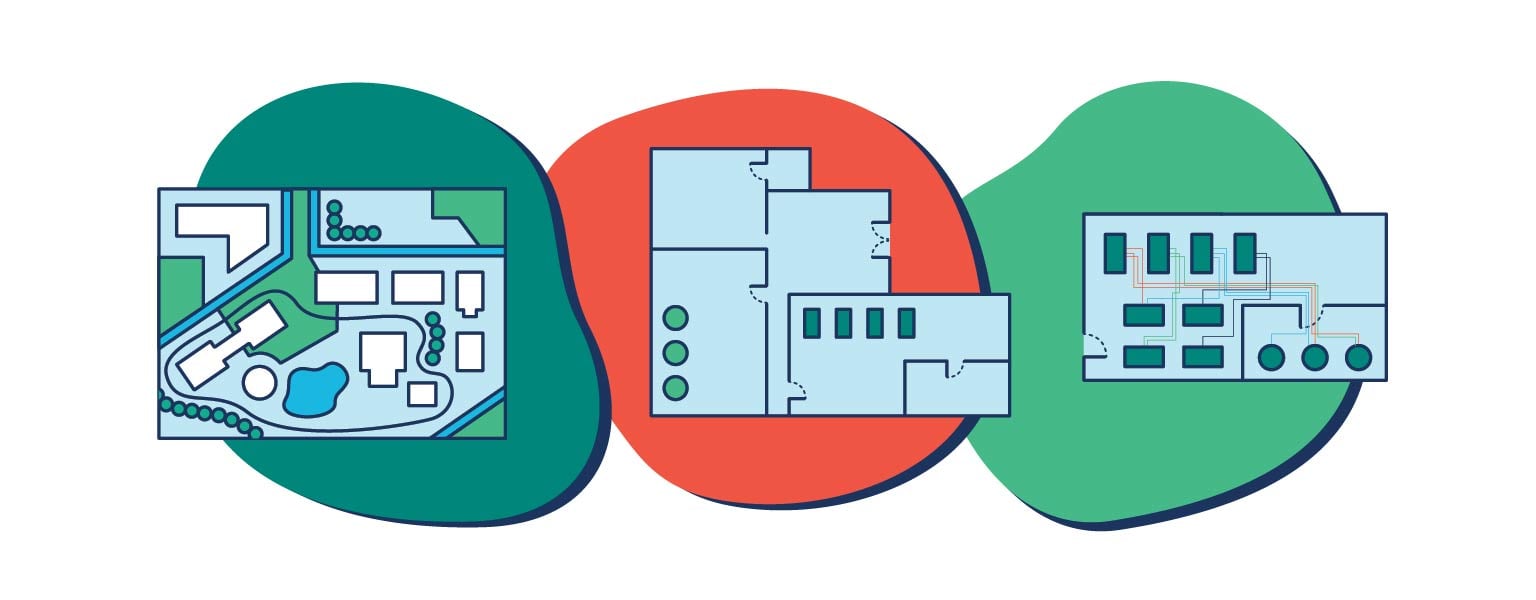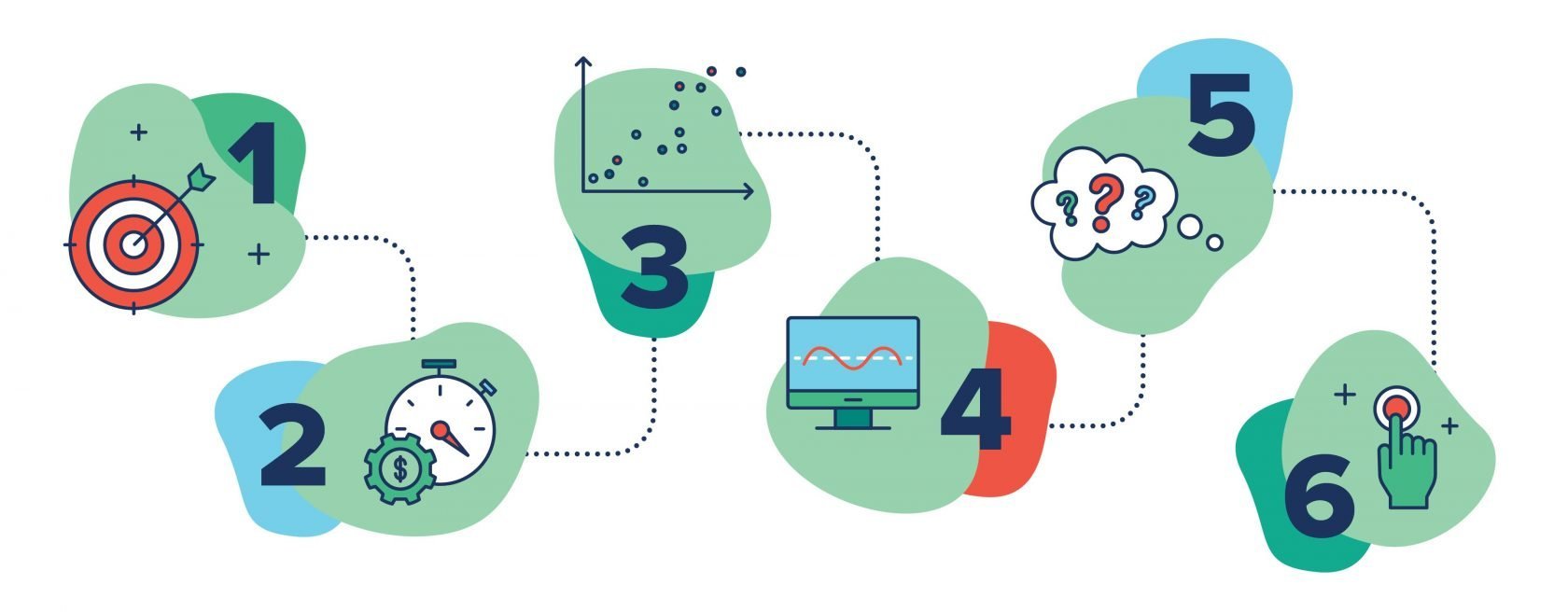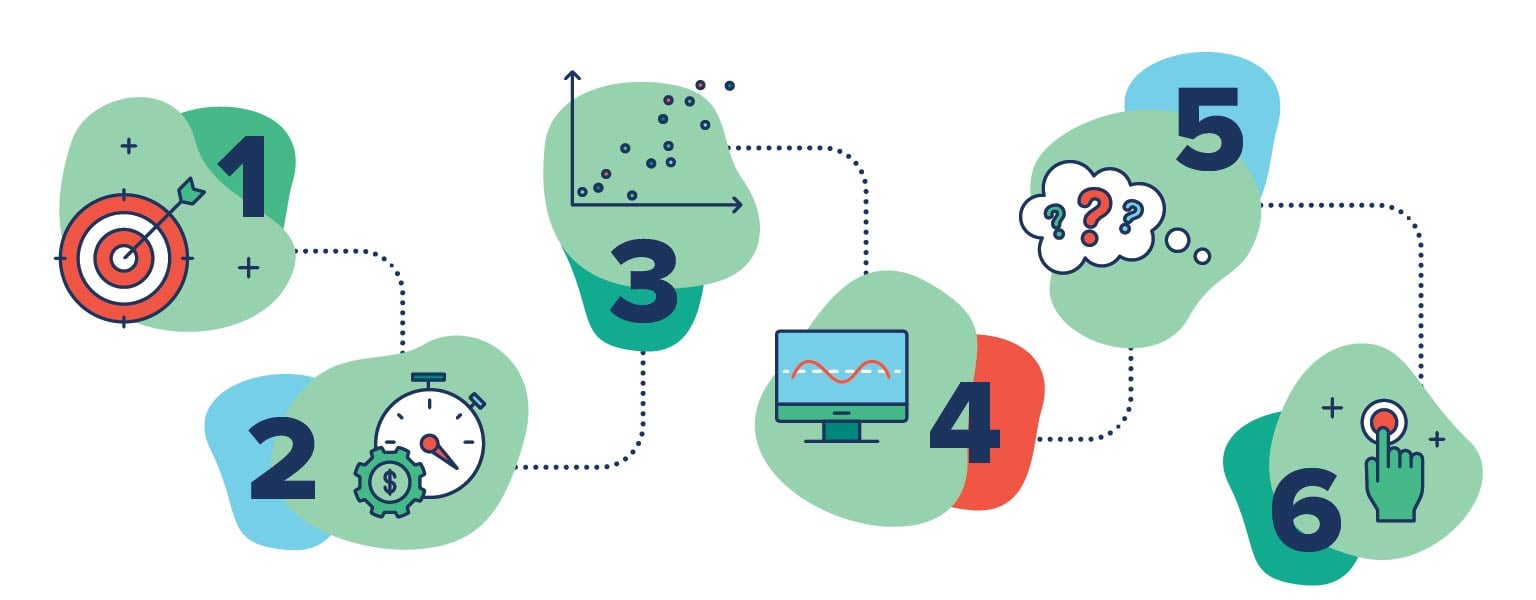odeling and simulation
Q: How can I trust the insights generated from the simulations I run in my model?
A: Your model’s design is carefully controlled, validated, and updated as necessary, ensuring that the results of your simulations are aligned with real-world conditions.
A good model isn’t a black box—in fact, it should be the opposite. It generates clarity and transparency by providing a window into your current and future operations, helping you to characterize and plan for unknowns and fine-tune your manufacturing philosophy.
The process of achieving that level of transparency shouldn’t feel like a black box, either. Some specialized expertise will be necessary, but a good M&S team will work with you to select the right subset data and build a model that’s suitable for your unique situation. This collaboration, when done well, will help you go inside the model to truly understand its problem-solving capacity, and the relationship it bears to your real-world operations.
Q: Will I get value from my model beyond this initial project?
A: Your model may become one of your most valuable decision-making aides as your operation scales.
Models aren’t static “one-and-done” tools. They’re living documents. With the right expertise working alongside you, you can extend the value of your initial investment by using your model to continuously assess and optimize your operations as certain technologies, processes, and market dynamics change over time.
To make this happen, you will need to feed your model with up-to-date data and understand which variables to input for a simulation that accurately reflects your evolving situation. But with your existing model as your foundation, you’re already ahead of the game—and you have a valuable starting point from which to proceed with fewer risks, greater visibility, and a plan for continuous growth.
Q: Can you run a process simulation if you don’t have historic production data?
A: Yes.
Although process models can be viewed as a digital twin of an existing facility—giving you a chance to extrapolate from their actual, ongoing operations—this isn’t a prerequisite. Using an initial set of assumptions and estimates (averages or range of values) in place of historic data, you can generate an accurate baseline model to guide the design of a new facility, to test a new piece of equipment, or to undertake any other type of meaningful investigation into the unknown.
Q: How much detail should a model include to provide valuable information?
A: An extremely detailed model isn’t always necessary.
A successful model isn’t necessarily a one-to-one copy of the real world. Manufacturing systems are often very complicated, with hundreds of variables and underlying relationships impacting the behavior of the system as a whole. Not all of those variables are relevant to the goals of a particular simulation; incorporating and validating those extraneous details won’t add real value. Instead, a good model simplifies the real-world system, capturing essential relationships while excluding unimportant details.
Q: I’m on a budget with a tight timeline. Are modeling and simulation still an option for my project?
A: M&S is not one-size-fits all. It’s a scalable solution for projects facing scheduling and cost constraints.
If process simulations required a complete and highly detailed model of your entire facility or supply chain, it would not be a good option, but as we established above, a good process simulation starts with a computer model that is right-sized to fit the questions you’re trying to answer.
Often, it helps to break a complex question or desired outcome into sub-problems, then generate sets of domain-specific objectives related to those sub-problems. This approach helps the simulation exercise move faster, because it means that you’re able to deploy specific models for specific objectives and teams, rather than spending time and money to develop and validate a single, complex model of the entire facility.
These models aren’t static, either; you can use them dynamically, adding multiple layers in stages to see how the whole system behaves together. Often, a team may be operating several of these discrete models in parallel, solving multiple problems at once and thereby moving towards solutions much more quickly and cost-effectively.



